Rice University researchers have developed an innovative solution to a pressing environmental challenge: removing and destroying per- and polyfluoroalkyl substances (PFAS), commonly called “forever chemicals.”
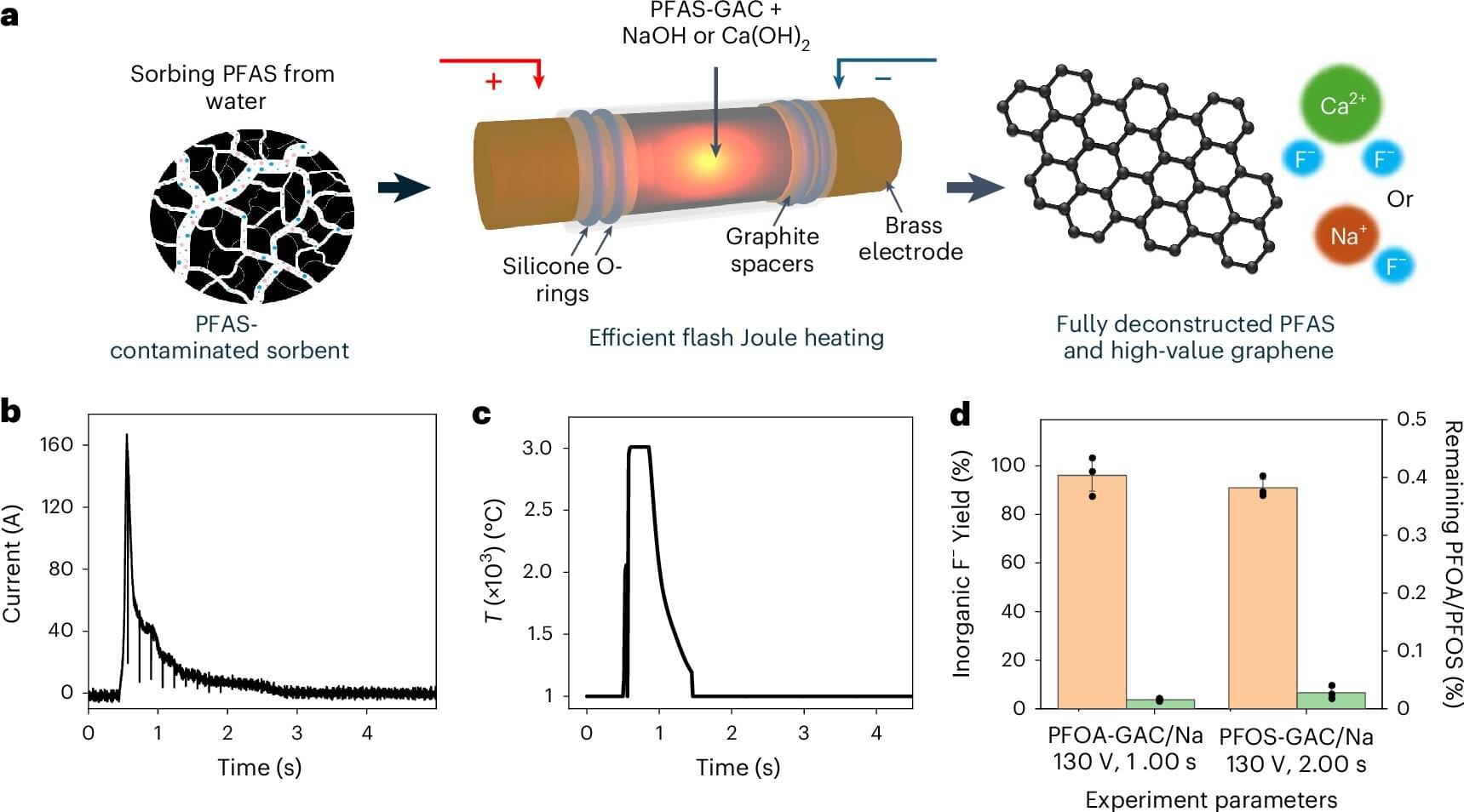

Lithium-ion batteries are part of everyday life. They power small rechargeable devices such as mobile phones and laptops. They enable electric vehicles. And larger versions store excess renewable energy for later use, supporting the clean energy transition.
Australia produces more than 3,000 metric tons of lithium-ion battery waste a year. Managing this waste is a technical, economic and social challenge. Opportunities exist for recycling and creating a circular economy for batteries. But they come with risk.
That’s because lithium-ion batteries contain manufactured chemicals such as PFAS, or per-and polyfluoroalkyl substances. The chemicals carry the lithium—along with electricity—through the battery. If released into the environment, they can linger for decades and likely longer. This is why they’ve been dubbed “forever chemicals”

This study builds on observations first made in 1983, which sparked debates and further research into plant communication.
Over the years, scientists have uncovered various ways plants interact, from chemical signals to underground networks formed by fungi.
“We have finally unveiled the intricate story of when, where, and how plants respond to airborne ‘warning messages’ from their threatened neighbors,” Dr. Toyota emphasized.

A major breakthrough in liquid catalysis is transforming how essential products are made, making the chemical manufacturing process faster, safer and more sustainable than ever before.
Researchers from Monash University, the University of Sydney, and RMIT University have developed a liquid catalyst that could transform chemical production across a range of industries—from pharmaceuticals and sustainable products to advanced materials.
By dissolving palladium in liquid gallium the team, led by Associate Professor Md. Arifur Rahim from Monash University’s Department of Chemical and Biological Engineering, created a self-regenerating catalytic system with unprecedented efficiency.
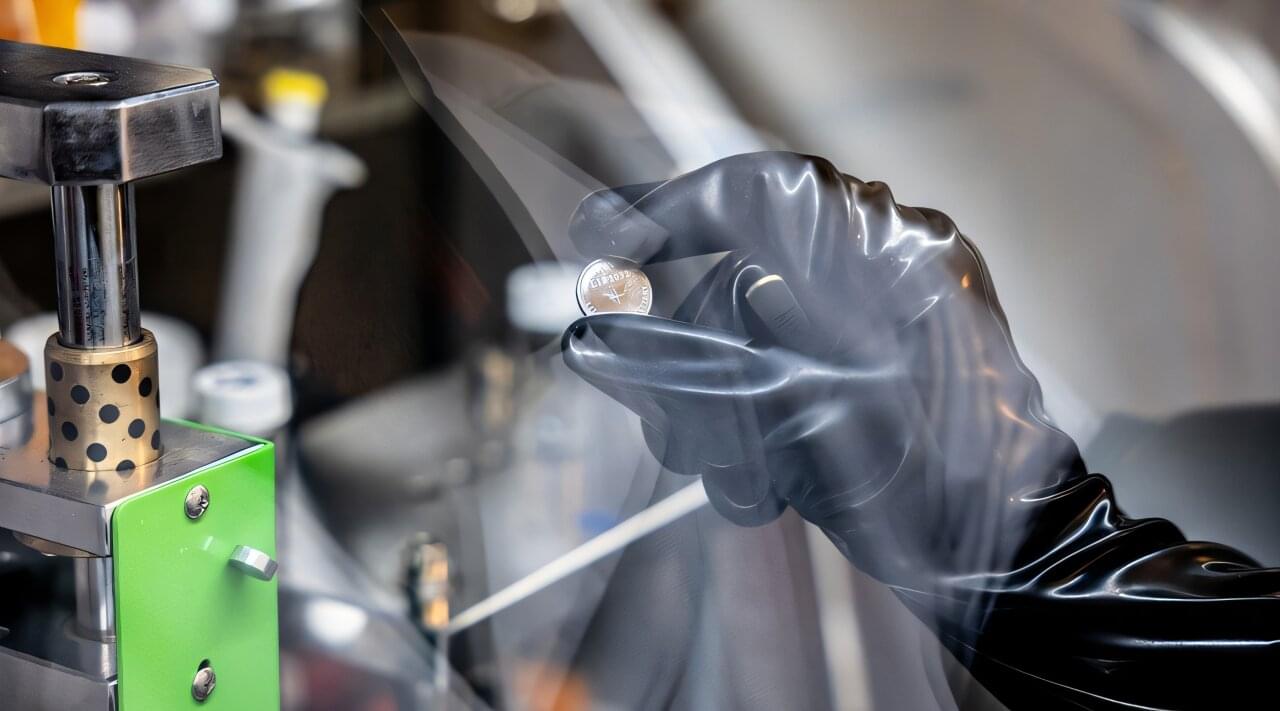
Chibueze Amanchukwu wants to fix batteries that haven’t been built yet. Demand for batteries is on the rise for EVs and the grid-level energy storage needed to transition Earth off fossil fuels. But more batteries will mean more of a dangerous suite of materials used to build them: PFAS, also known as “forever chemicals.”
“To address our needs as a society for electric vehicles and energy storage, we are coming up with more environmental challenges,” said Amanchukwu, Neubauer Family Assistant Professor of Molecular Engineering in the UChicago Pritzker School of Molecular Engineering (UChicago PME). “You can see the dilemma.”
PFAS are a family of thousands of chemicals found in batteries but also everything from fast food wrappers and shampoo to firefighting foam and yoga pants. They keep scrambled eggs from sticking to pans and rain from soaking into jackets and paint, but the same water resistance that makes them useful also make them difficult to remove when they get into the water supply. This earned them the nickname “forever chemicals.”

Why would anyone need this level of wavelength detail in an image? There are many reasons. Car manufacturers want to predict exactly how paint will look under different lighting. Scientists use spectral imaging to identify materials by their unique light signatures. And rendering specialists need it to accurately simulate real-world optical effects like dispersion (rainbows from prisms, for example) and fluorescence.
For instance, past Ars Technica coverage has highlighted how astronomers analyzed spectral emission lines from a gamma-ray burst to identify chemicals in the explosion, how physicists reconstructed original colors in pioneering 19th century photographs, and how multispectral imaging revealed hidden, centuries-old text and annotations on medieval manuscripts like the Voynich Manuscript, sometimes even uncovering the identities of past readers or scribes through faint surface etchings.
The current standard format for storing this kind of data, OpenEXR, wasn’t designed with these massive spectral requirements in mind. Even with built-in lossless compression methods like ZIP, the files remain unwieldy for practical work as these methods struggle with the large number of spectral channels.
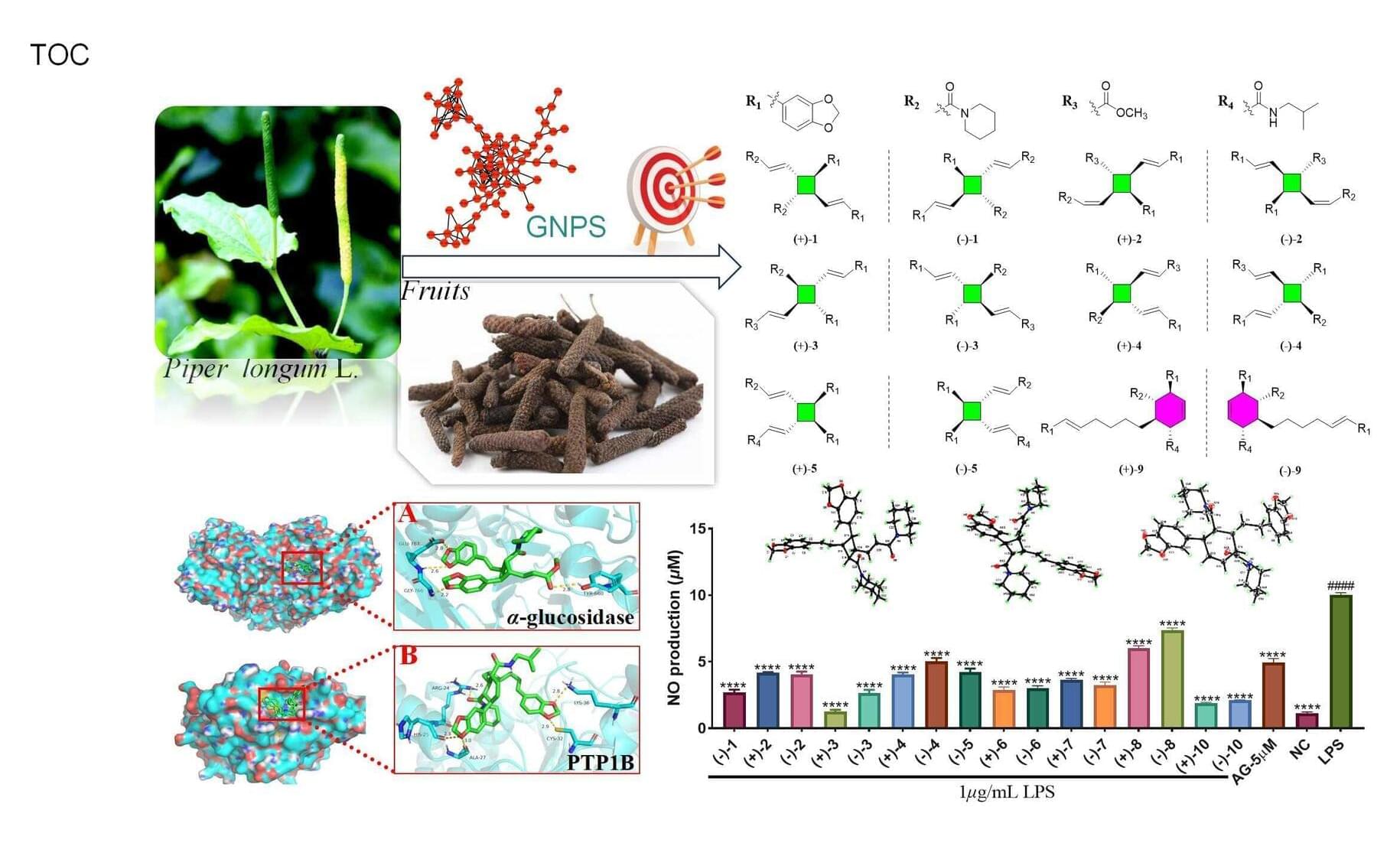
Mature or nearly mature fruits of Piper longum are used as a spice, valued for their commercial and industrial applications, as well as in traditional Chinese medicine for their multiple effects, such as dispelling cold and relieving pain.
Given their long history of medicinal use, the fruits of P. longum present an opportunity to explore their therapeutic constituents. However, the chemical components of traditional Chinese medicines are often complex, making the efficient discovery of novel active compounds a challenging task in natural product research.
To address this challenge, a research team led by Prof. Haji Akber Aisa from the Xinjiang Technical Institute of Physics & Chemistry of the Chinese Academy of Sciences isolated 12 dimeric amide alkaloid enantiomers with anti-inflammatory and antidiabetic effects from P. longum fruits using a molecular network-based dereplication strategy. This study was published in the Journal of Agricultural and Food Chemistry.
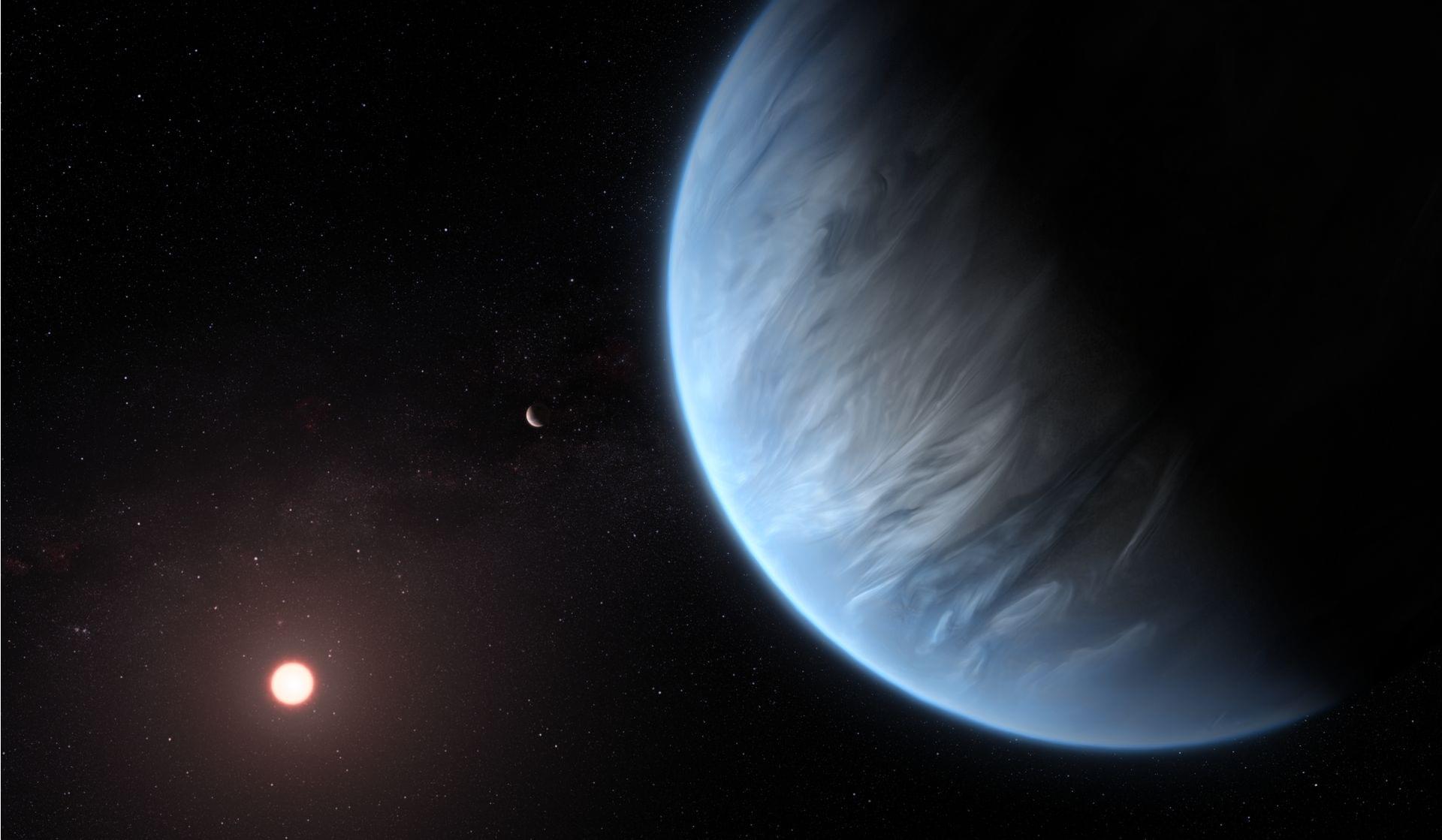
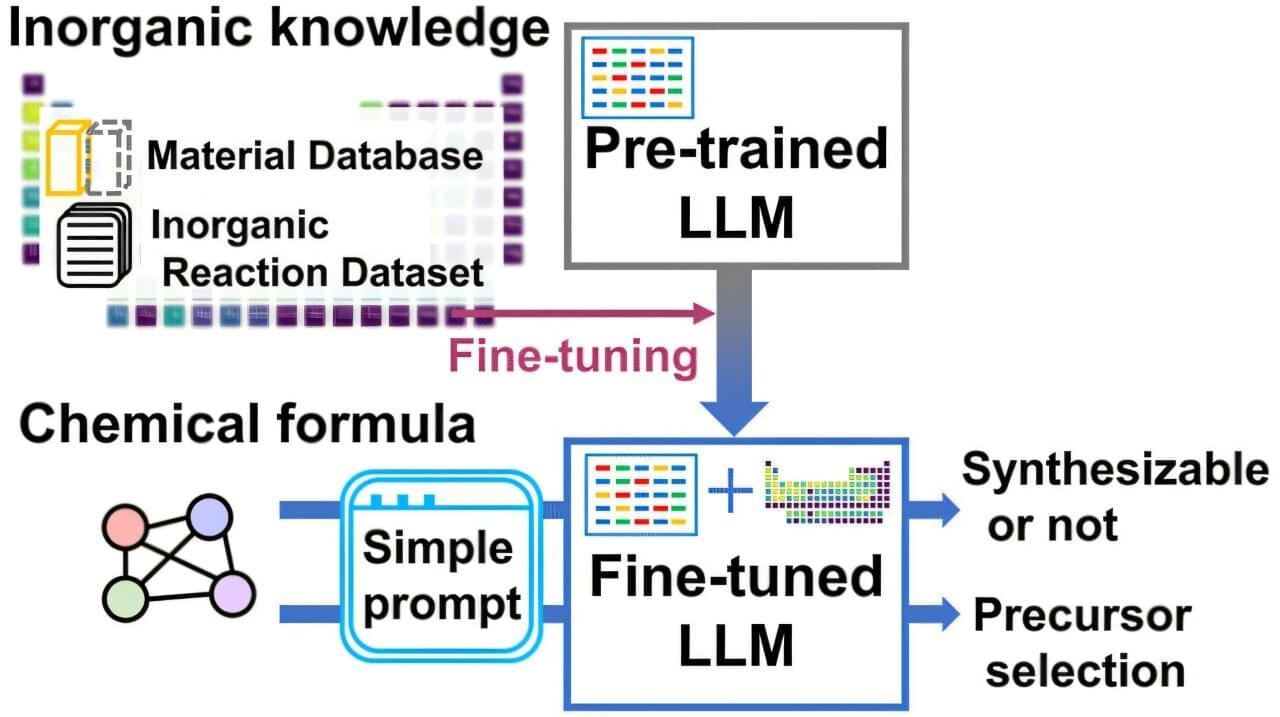
A research team has successfully developed a technology that utilizes Large Language Models (LLMs) to predict the synthesizability of novel materials and interpret the basis for such predictions. The team was led by Seoul National University’s Professor Yousung Jung and conducted in collaboration with Fordham University in the United States.
The findings of this research are expected to contribute to the novel material design process by filtering out material candidates with low synthesizability in advance or optimizing previously challenging-to-synthesize materials into more feasible forms.
The study, with Postdoctoral Researcher Seongmin Kim as the first author, was published in two chemistry journals: the Journal of the American Chemical Society on July 11, 2024, and Angewandte Chemie International Edition on February 13, 2025.

Imagine navigating a virtual reality with contact lenses or operating your smartphone underwater: This and more could soon be a reality thanks to innovative e-skins.
A research team led by the Helmholtz-Zentrum Dresden-Rossendorf (HZDR) has developed an electronic skin that detects and precisely tracks magnetic fields with a single global sensor. This artificial skin is not only light, transparent and permeable, but also mimics the interactions of real skin and the brain, as the team reports in the journal Nature Communications.
Originally developed for robotics, e-skins imitate the properties of real skin. They can give robots a sense of touch or replace lost senses in humans. Some can even detect chemical substances or magnetic fields. But the technology also has its limits. Highly functional e-skins are often impractical because they rely on extensive electronics and large batteries.